How a Programmatic Approach Helps to Optimize Campaigns and Achieve More
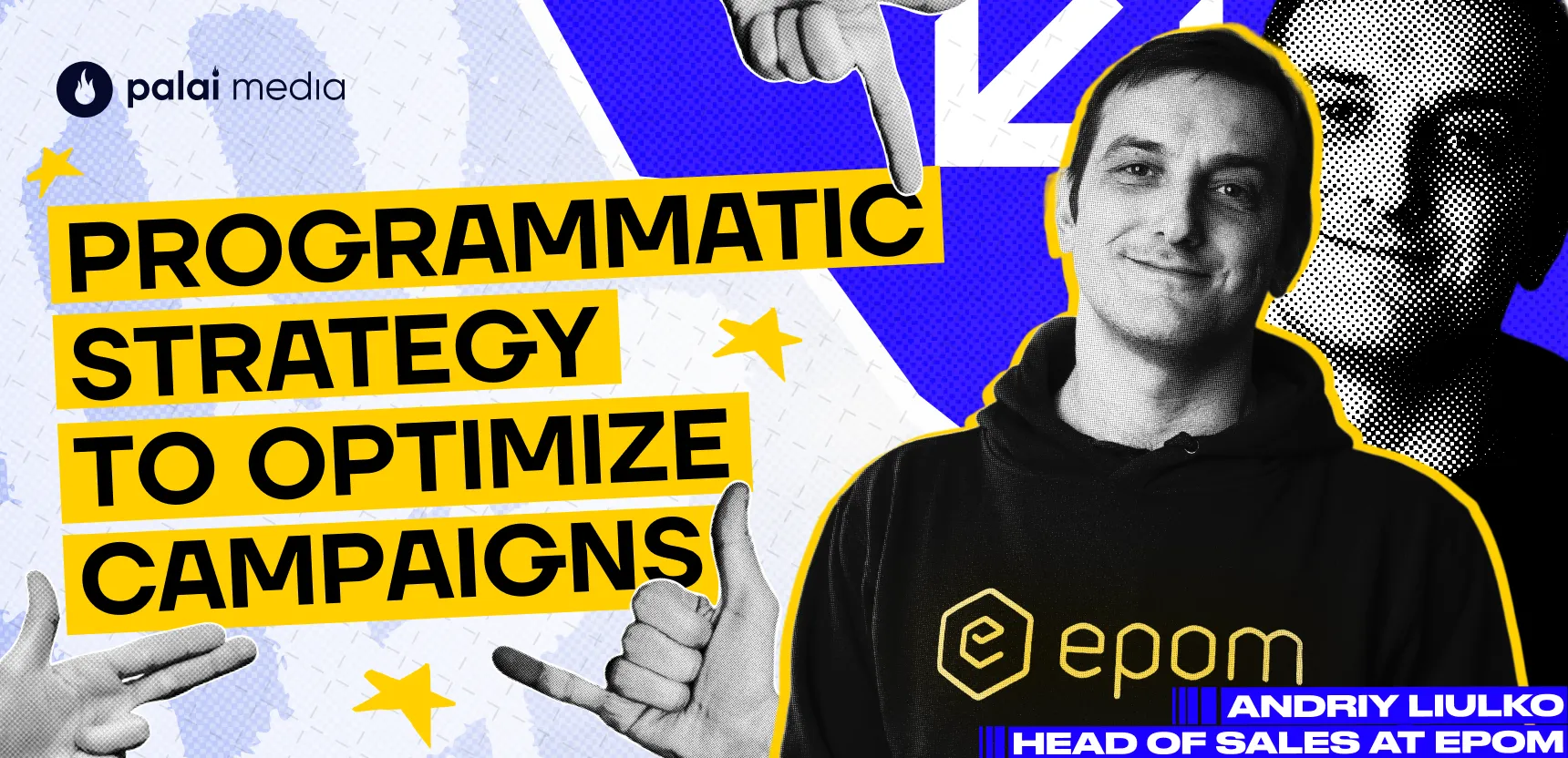
Programmatic advertising has rapidly taken over the advertising landscape and is projected to account for 91.3% of all digital display advertising in the U.S. by the end of 2024. If we add that global spending on digital advertising is expected to reach $740.3 billion this year, there is no doubt that programmatic is the future.
This is directly related to Ukraine because we see the same trends today. For example, a recent study estimated the volume of online display advertising in the first half of 2024 to be UAH 7,205 million, which is a sign of stable growth. Agencies have tracked that the share of programmatic purchases, which was 90% in 2023, dropped to 59% in the first half of 2024.
Many factors accelerate the development of programmatic advertising in our country. In particular, the transition to the 5G standard increases the consumption of advertising on mobile devices. The increase in Internet speed and the growing use of mobile devices for content consumption contribute to the spread of in-app and CTV advertising formats.
In this article, we will talk about what the programmatic ecosystem consists of, what opportunities it opens for affiliate marketing, and how it helps to optimize campaigns.
How does programmatic advertising work?
Today, programmatic advertising is a complex and dynamic ecosystem consisting of thousands of players, each playing its role. Interaction between them allows ads to reach their target audience with high accuracy:
- Advertisers are usually marketers or professionals who launch campaigns to reach their target audience. Sometimes, this happens with the help of intermediary agencies.
- DSP (Demand-Side Platform) is a platform that allows advertisers to buy ads, set up campaigns, and track metrics.
- Publishers – owners of digital resources (websites, mobile applications, etc.) that offer space for advertising.
- SSP (Supply-Side Platform) is a platform that allows publishers to customize and sell ad space.
- DMP (data management platform) – a platform that collects data and allows you to manage it, such as creating consumer profiles.
- Ad exchange – a digital platform where advertising is bought and sold in real-time through shares.
Auctions, which help ads find viewers, are held automatically. Typically, this happens as follows: a consumer visits a website that offers advertising space. The publisher’s SSP requests various DSPs via the ad exchange. They analyze the visitor’s data and determine whether they meet the customized criteria of the target audience. If so, the DSP places a bid (offers a certain amount of money for one ad impression). An auction is held, the highest bidder wins, and the winner’s ad is shown to the visitor.
Hundreds of auctions could have occurred while you read this process description because they last a few milliseconds. This speed is achieved thanks to real-time bidding or RTB (real-time bidding). The ability to automatically place bids and participate in auctions saves advertisers both time and money, provides them access to a wide range of advertising platforms, and allows them to optimize already launched campaigns.
However, open auctions also have limitations, as automated ad placement has a downside. In particular, sometimes your banners or videos can end up on a site that doesn’t match your idea of an ideal publisher. For brands that value reputation, this can be dangerous.
In addition, open auctions rarely offer premium ad space. So, if a marketer targets them, they should choose another option. Fortunately, there is an answer to this query – programmatic direct.
This approach combines traditional advertising features with the programmatic approach’s effectiveness. There are several types of programmatic direct, but they are united by providing access to premium advertising spaces that are usually unavailable for open auctions. There are some advantages for affiliate marketers:
- The ability to negotiate better prices with publishers and avoid sharp fluctuations in the campaign, which often happens in open auctions.
- Exclusivity: advertisers can reserve specific locations or audience segments and avoid overlap with competitors’ campaigns. And also place ads during the “hot” season.
- Transparency: With programmatic direct, you better understand where your ads will appear. Ultimately, this helps to avoid damage to the brand image.
So, programmatic direct provides more control and transparency, but the downside can be higher costs. However, this can be balanced by combining programmatic direct with open auctions in your strategy.
What trends in programmatic advertising affect affiliate marketing?
The programmatic ecosystem continues to evolve and change, so it is worth following the trends to get the most out of it. In particular, affiliate specialists in Ukraine should be aware of the following trends:
1. The spread of contextual targeting, which prioritizes data privacy. The idea of contextual targeting is quite clear: to place ads next to content with similar topics. For example, before a video review on a smartphone on YouTube, show a video about software for mobile devices.
As regulations in the advertising market become more stringent, including the ban on third-party cookies, targeting becomes more difficult. This requires changes to the advertising strategy, mainly if it relies heavily on third-party user data.
In particular, campaigns need to become more diverse: creating several variants of creatives that will fit different contexts is worth making. Artificial intelligence solutions that help analyze the content and context of web pages will also gradually gain popularity. Investing in such services can help businesses overcome the consequences of the lack of third-party data.
2. Implementation of CTV. CTV is an acronym for Connected TV. This term includes Smart TVs and TVs that use third-party streaming devices to connect to the network.
In Ukraine in 2024, people spend an average of 3.6 hoursdaily on Smart TV. Smart TV usage has tripled since 2021. The share of CTV in video advertising is also growing. In the first half of 2024, it already amounted to 12.5%, and the CTV market is estimated at 475 million over the same period. The leading players are YouTube Smart TV (36%), Megogo (28%), and Vidzone (28%).
And this is just the beginning. In the United States, for example, CTV is growing the fastest of all advertising channels, and in Europe, the market is expected to reach €2.77 billion in 2024. According to forecasts, it will grow at a compound annual growth rate of 5.26% and, in 2029, will amount to 3.58 billion euros. Most likely, Ukraine will also move in sync with global trends.
3. Growth of the in-app advertising segment. The number of mobile device users worldwide has grown yearly over the past decade. In Ukraine, in 2024, a person has an average of 3.8 devices connected to the Internet and spends 6 hours daily on a smartphone.
No wonder in-app advertising is becoming increasingly popular. It can be found in almost every free app, and the growth rate of this market is impressive: it is projected to grow at a compound annual growth rate of 9.02% over the next four years, reaching $498.2 billion in 2028. Therefore, this channel is also worth paying attention to for marketers looking for a way to reach their target audience.
Challenges of programmatic advertising – and how to overcome them
Almost any technology not only provides benefits but also carries certain risks. In the case of programmatic advertising, this is primarily a lack of transparency, which can lead to hidden costs and fraud.
The programmatic ecosystem is quite complex and contains many links (DSPs, SSPs, ad exchanges, etc.), each of which can potentially take a part of the advertiser’s money, reducing the efficiency of budget allocation. And various fraudulent schemes lead to the fact that up to 15% of views are not genuine. For example, ad stacking is loading several ads into one slot when only the last one is visible. Thus, advertisers pay for views that do not exist.
The second major challenge is the quality and verification of advertising. The Ukrainian programmatic market is still relatively young, so there may be a lack of fraud detection competencies, and local ad networks may lack the appropriate functionality. So, how can an advertiser be sure that all its banners or videos are visible to the consumer?
Third-party ad verification tools can help. They conduct audits, monitor real-time ad impressions, and send reports. They can even identify suspicious or low-quality ad locations before you bid at an auction. Such services can either require separate authentication or be integrated into the advertiser’s DSP.
Artificial intelligence and machine learning can overcome many of the challenges associated with programmatic advertising, and these tools are available to all advertisers today. In particular, they will allow optimizing bidding strategies in real-time using data on time of day, consumer behavior, and context.
AI tools also help advertisers to use predictive analytics (for example, to determine the quality of advertising locations or fraud detection) and personalize ads depending on the user’s device or other criteria. Thus, they offer a significant advantage in the competitive advertising market.
How to optimize campaigns: tips for affiliate marketers
To successfully use programmatic advertising – especially if you don’t have much experience in this area yet – it’s helpful to focus on the following points:
1. Choose the right partners (DSP, SSP, DMP, etc.). When considering the options, look for answers to the following questions: how does this platform ensure transparency in pricing and reporting? Does it support the ad formats that are important to our business and meet our goals? Paying attention to the partner’s reputation in the market is also essential.
2. Create cross-platform strategies. Consumers today use CTV, smartphones, computers, tablets, etc., and data management platforms can track their path and create a customer profile. This will help you customize your ads to increase the likelihood of conversion.
3. Use contextual targeting and closely monitor (with the help of special services) which sites your ads are being displayed on. In the modern world, brand safety should be one of the priorities of companies.
These steps will help you quickly enter the world of programmatic advertising and increase your campaigns’ effectiveness.
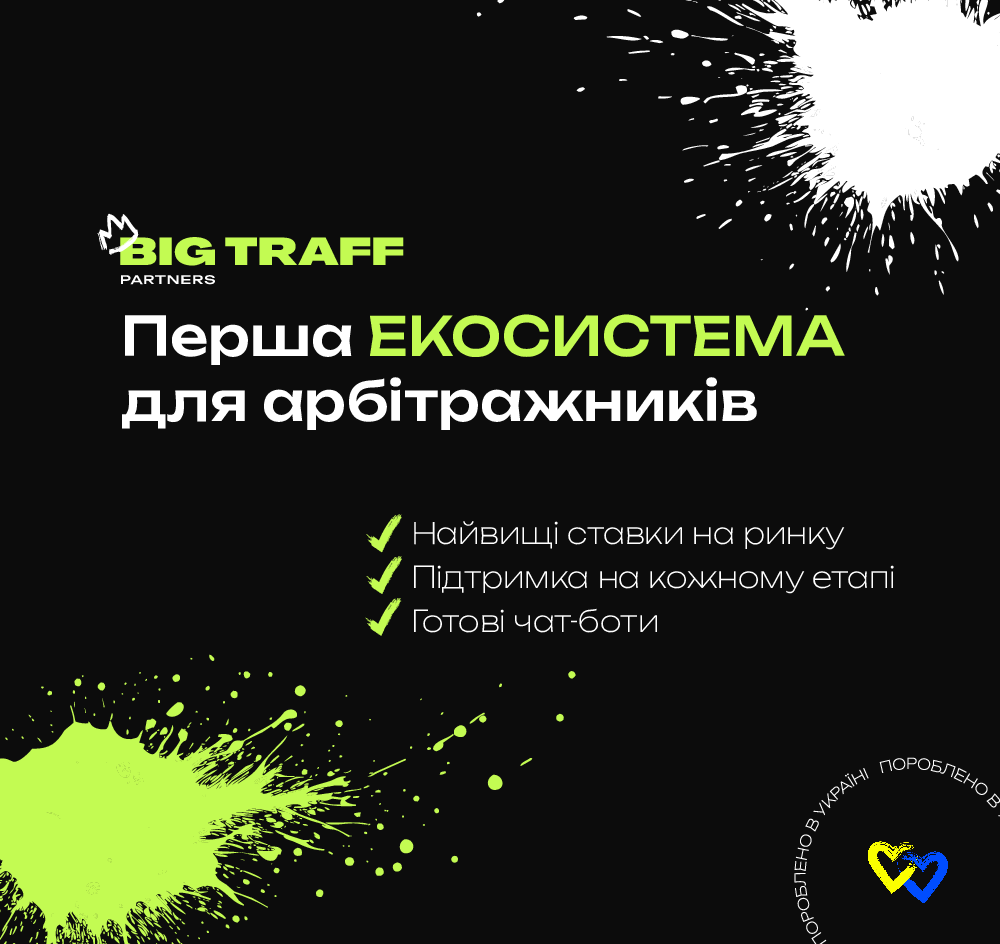

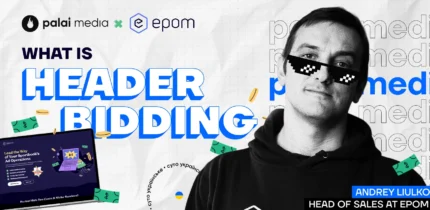

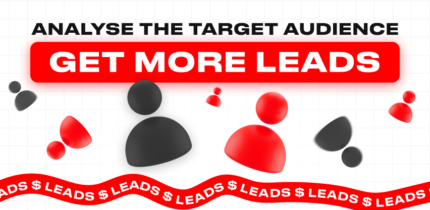

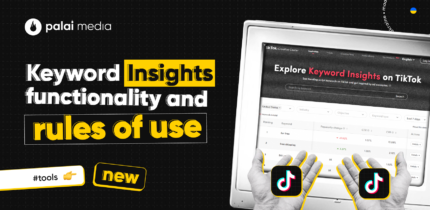

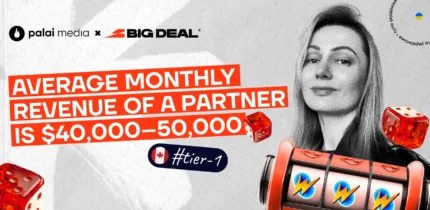


Reviews (0)
No reviews have been added yet!